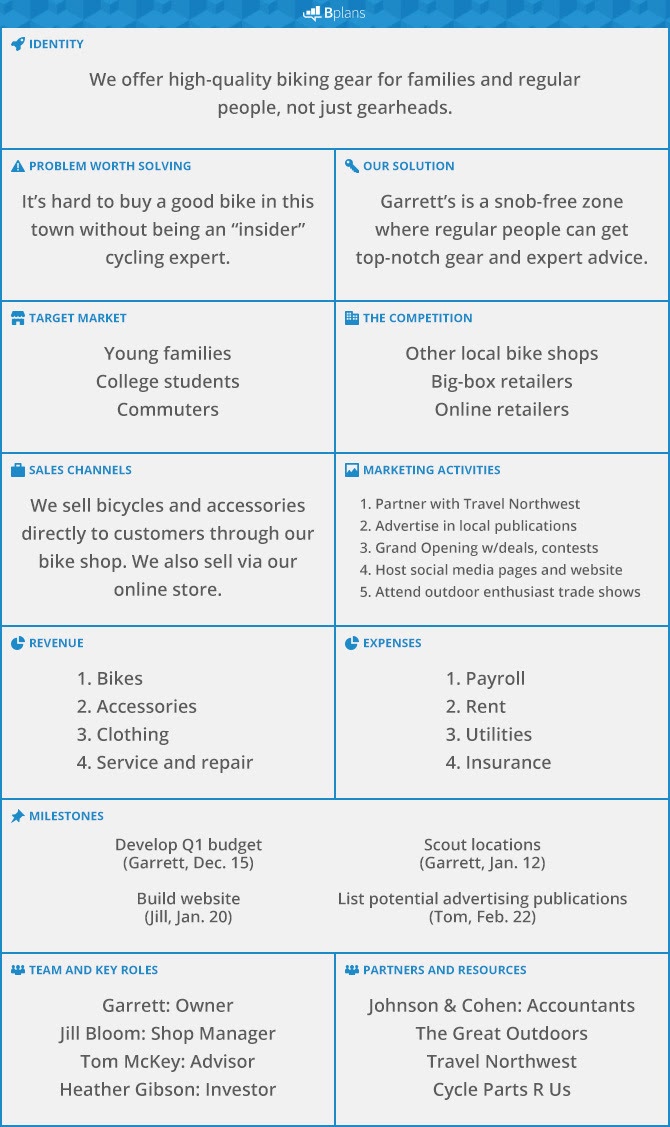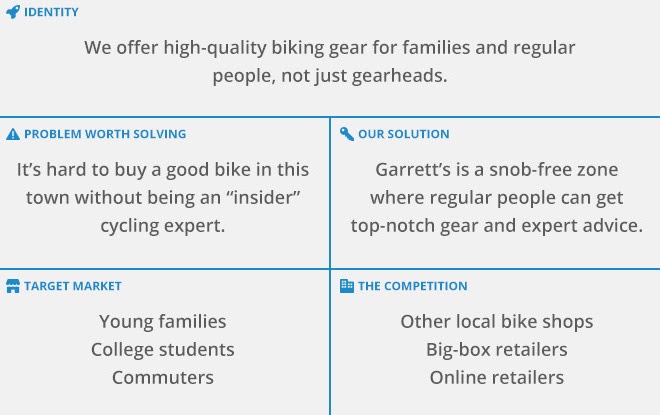Explaining the Fundamentals of Lean Planning
Lean planning is a methodology that focuses on eliminating waste and improving efficiency in business operations. It is a streamlined approach that can be applied to various industries and sectors. Lean planning allows businesses to adapt quickly to changes in the market, improve customer satisfaction, and increase productivity.
At its core, lean planning is about identifying and eliminating activities that do not add value. By doing so, businesses can optimize their resources and maximize their output. This approach involves analyzing processes, identifying bottlenecks, and implementing solutions to improve efficiency.
One of the key principles of lean planning is continuous improvement. It emphasizes the importance of constantly reviewing and refining processes to drive innovation and increase effectiveness. This iterative approach allows businesses to stay agile and respond to market demands effectively.
Moreover, lean planning encourages collaboration and communication among team members. It promotes a culture of problem-solving and empowers employees to make decisions and contribute to the overall success of the organization. By involving frontline workers in the planning process, businesses can leverage their expertise and improve the quality of their solutions.
By adopting lean planning, businesses can achieve several benefits. They can reduce costs, eliminate non-value-added activities, and enhance customer satisfaction. Additionally, it enables businesses to make data-driven decisions, optimize their resources, and improve their competitive advantage.
In conclusion, understanding the fundamentals of lean planning is crucial for businesses looking to achieve efficiency and success. By implementing lean principles and continuously improving processes, businesses can optimize their operations and achieve long-term success in today’s dynamic business environment.

Writing a business plan can be a hassle. Traditional plans take too long to write and are often outdated by the time they’re finished. They also don’t lend themselves to easy updating. Historically, entrepreneurs have spent months crafting detailed plans without gathering feedback from customers, resulting in a collection of guesses and assumptions instead of a proven roadmap for growth. However, studies have shown that businesses with goals and a plan grow faster. That’s where Lean Planning comes in.
Lean Planning is a 4-step process that helps you discover a working business model and manage your company successfully. The process involves creating a one-page plan, testing it, reviewing the results, and revising the plan. This simple and 20-minute process reduces the risk of failure and benefits both startups and established businesses.
For startups, Lean Planning helps figure out if the idea is viable and what needs to be changed. For established businesses, it allows for continuous refinement and strategy tweaking while measuring progress toward goals. In both cases, the focus is on making better management decisions rather than producing a thick document.
To begin, create a one-page plan using the Lean Planning methodology. Download a lean planning template or use a business planning tool like LivePlan’s "Pitch" feature.

To enhance readability and clarity while maintaining the integrity and tone of the original text, the edited version is as follows:
What to include in your one-page plan
- Strategy: What you’ll do
- Tactics: How you’ll do it
- Business model: How you’ll make money
- Schedule: Who is doing what and when
Now let’s dive into each section.
Your business strategy
Your business strategy is an overview of what you want to do, your customers, and your competitors. Identify the problem you’re solving for people and explain your solution.

Businesses exist to solve problems for customers. Their products and services meet needs or desires. If you have a solution without a problem, building a successful business will be difficult. Start by focusing on how you can help customers solve a problem.
Describe the problem and your solution in just one or two sentences or a few bullet points.
Quickly describe your target market. Who is your ideal customer? Focus on defining their key attributes instead of detailed market research.
Create a shortlist of your competition. How do your potential customers solve their problems currently?
A business strategy doesn’t have to be complicated. Use a few bullet points to describe the essence of your business, what you do, and who you do it for.
Outline your business tactics. This includes sales, marketing, the team you might need, and any partners or outside resources you’ll need.
Think through your sales strategy. Will you sell online, have a physical store, or both? Will your product be sold in other companies’ stores?
Next, consider your marketing strategy. How will you reach your customers and make them aware of your solution?
If you need to build a team, identify the key people you’ll need to hire. For existing businesses, identify critical employees who execute your strategy.
Think about other businesses you may need to work with to make your strategy happen. Are there key suppliers or distributors you’ll need relationships with?
Your one-page plan should consist of three to five bullet points for each section.
Create a schedule. If you’re a startup, verify your strategy by conducting customer interviews, sending out surveys, and researching locations and suppliers. If you’re an established business, focus on milestones related to executing your strategy.
Include dates and responsible individuals for each task in your schedule, and regularly review and revise your plan.
Ensure your business model is viable. Create a basic forecast and budget to see if your idea can become a successful business.
Be realistic with sales forecasts. Assume fewer customers and less press coverage than expected.
Validate your assumptions by speaking to potential customers. Refine your plan based on facts instead of guesses.
For mature businesses, use the plan to guide implementation and manage the business.
Review your results regularly, tracking key financial and performance metrics. Make necessary changes to your strategy if needed.
Lean Planning is an ongoing process of improvement. Continuously revise your plan based on experimentation and results.
If you need a more detailed plan for reading or funding purposes, transfer your ideas from bulleted lists to sentences and paragraphs.
For detailed business planning, refer to our step-by-step guide.
Use LivePlan, a planning tool that helps you build a one-page plan, collaborate with partners, and create financial forecasts. It can also connect to your accounting software for easy progress tracking.
Alternatively, use our free templates and tools to create your plan.
Hello!
I’m Andrew Brooks, a seasoned finance consultant from the USA and the mind behind phonenumber247.com.
My career is built on a foundation of helping individuals and businesses thrive financially in an ever-changing economic landscape. At phonenumber247.com, my aim is to demystify the complex world of finance, providing clear, actionable advice that can help you navigate your financial journey with confidence. Whether it’s personal finance management, investment strategies, or understanding the nuances of market dynamics, I’m here to share insights and tools that can propel you towards your financial goals.
Welcome to my digital space, where every piece of advice is a step closer to financial clarity and success!
